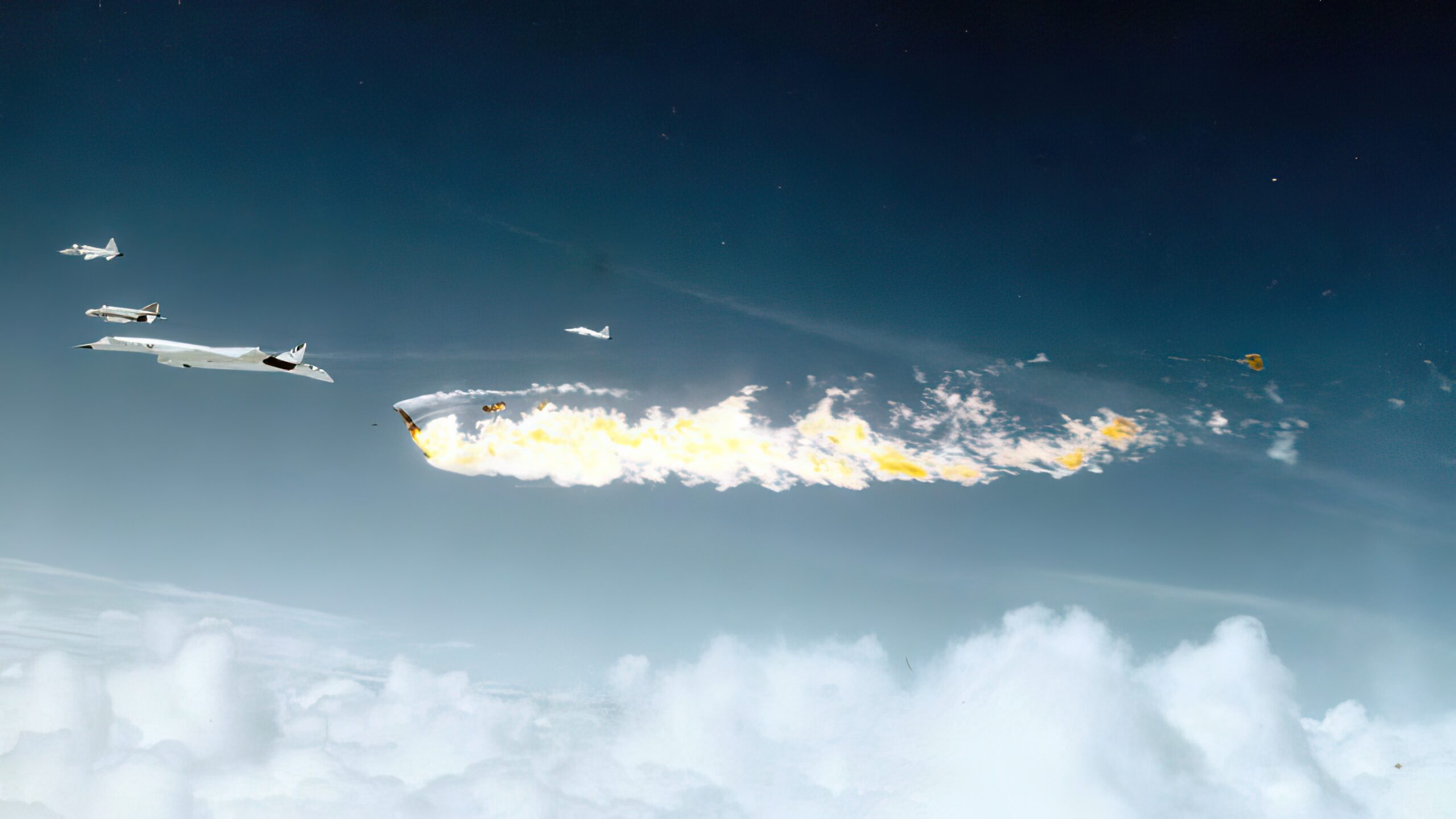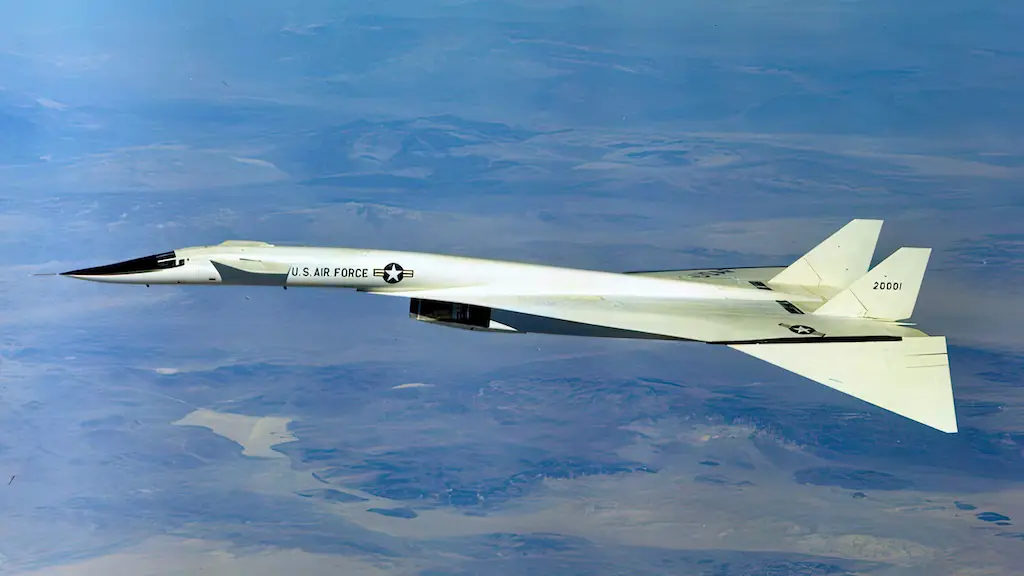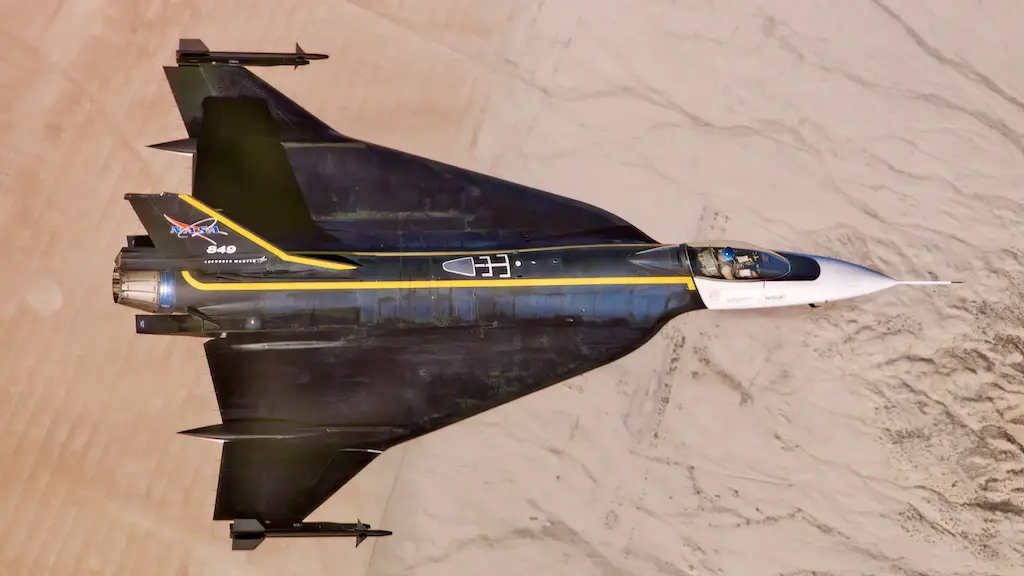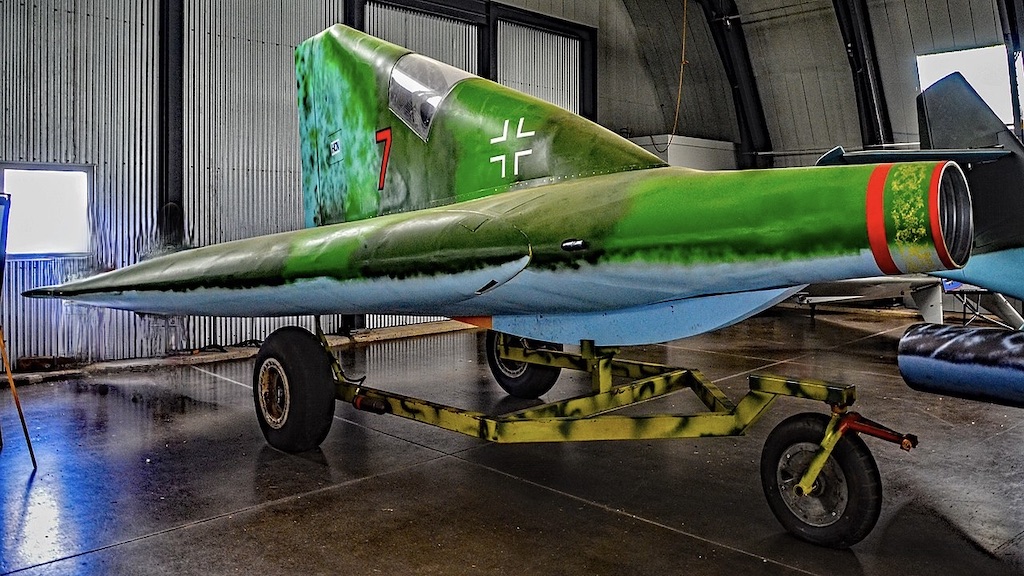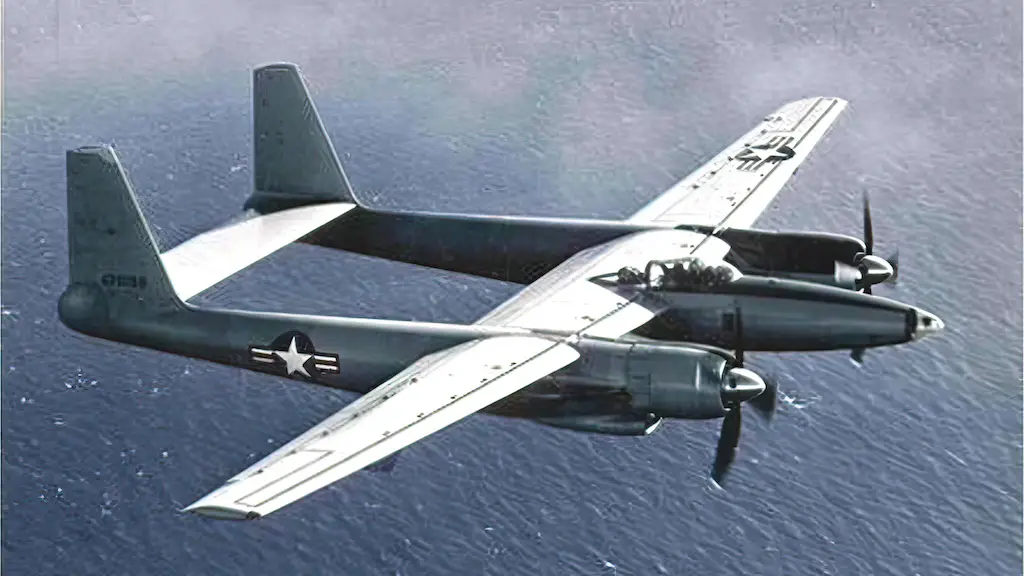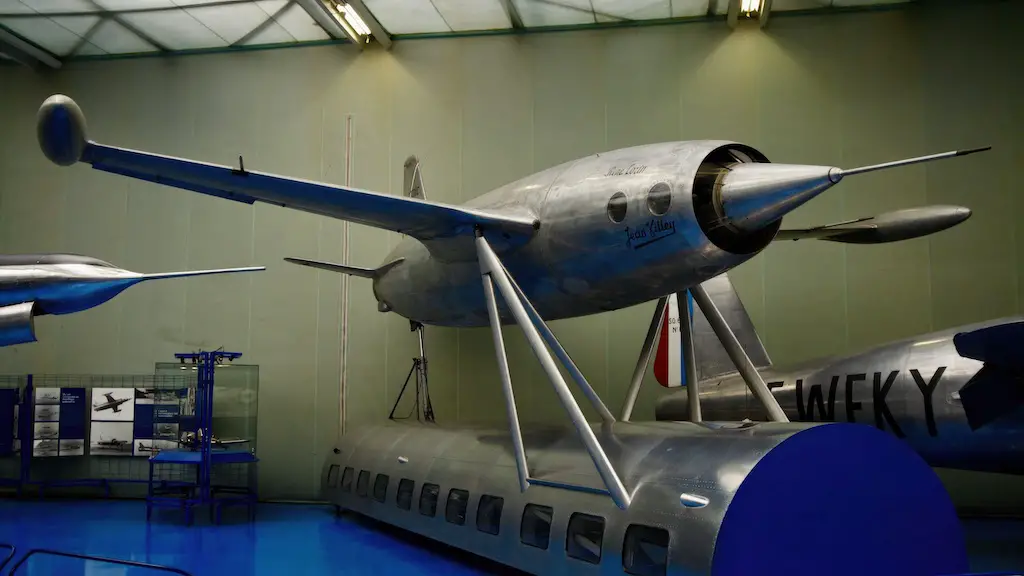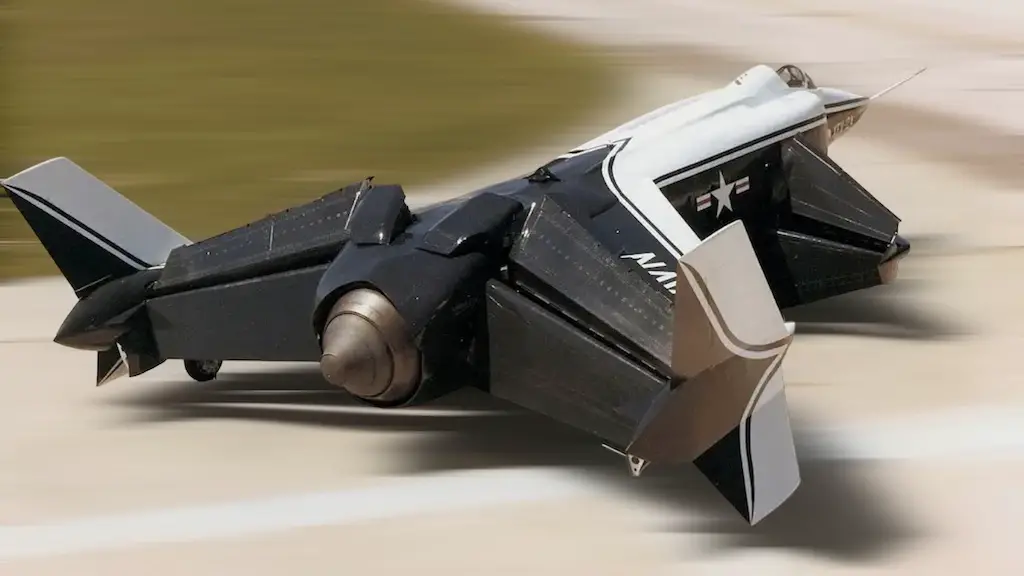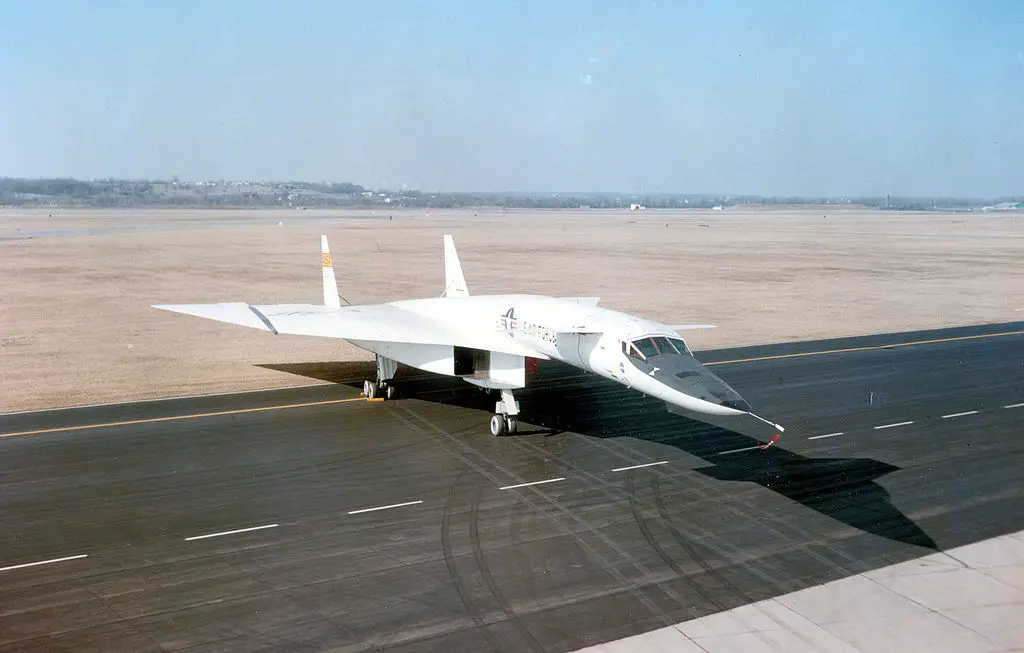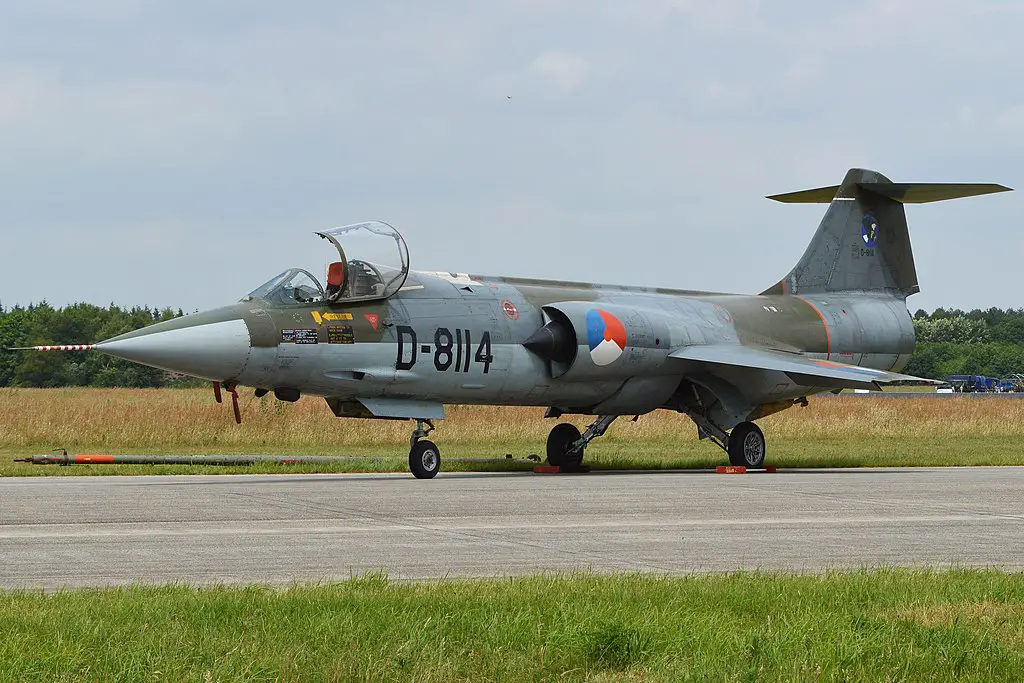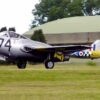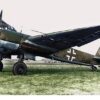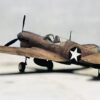The XB-70 was a remarkable bomber prototype that advanced aviation technology in the mid-twentieth century. With its futuristic design and ability to reach speeds above Mach 3, it was a feat of engineering. The XB-70 was driven by powerful turbojet engines and equipped with cutting-edge avionics and navigation systems for precise targeting and long-range missions.
Despite its advanced capabilities, the XB-70 was complex to maintain and limited in range, making it unsuitable for operational use. Nevertheless, it remains an iconic aircraft that inspires engineers and aviators to this day.
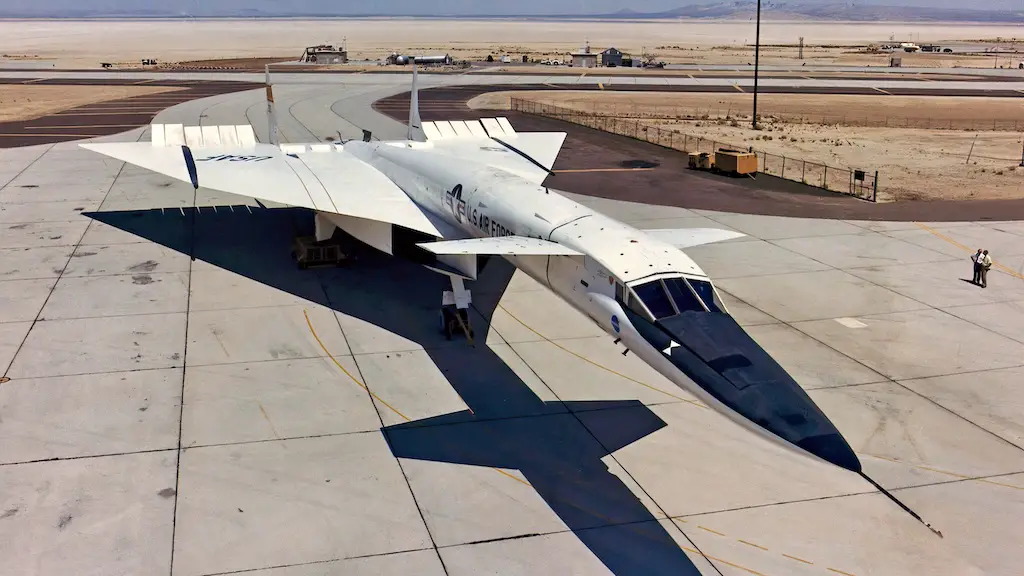
Development
The North American XB-70 was created in the middle of the 20th century as a part of a project by the US Air Force to create a supersonic bomber of the future. The XB-70 prototype was unveiled in 1964 after the project was first started in the early 1950s and went through several years of research and development.
The XB-70 was intended to be a sizable delta-winged aircraft that could fly at great heights and speeds while evading hostile air defenses. Two GE YJ93 turbojet engines, one on either side of the vehicle, generated the enormous thrust required to exceed Mach 3. Additionally, outfitted with various cutting-edge avionics and navigational equipment, the XB-70 was extremely precise and accurate.
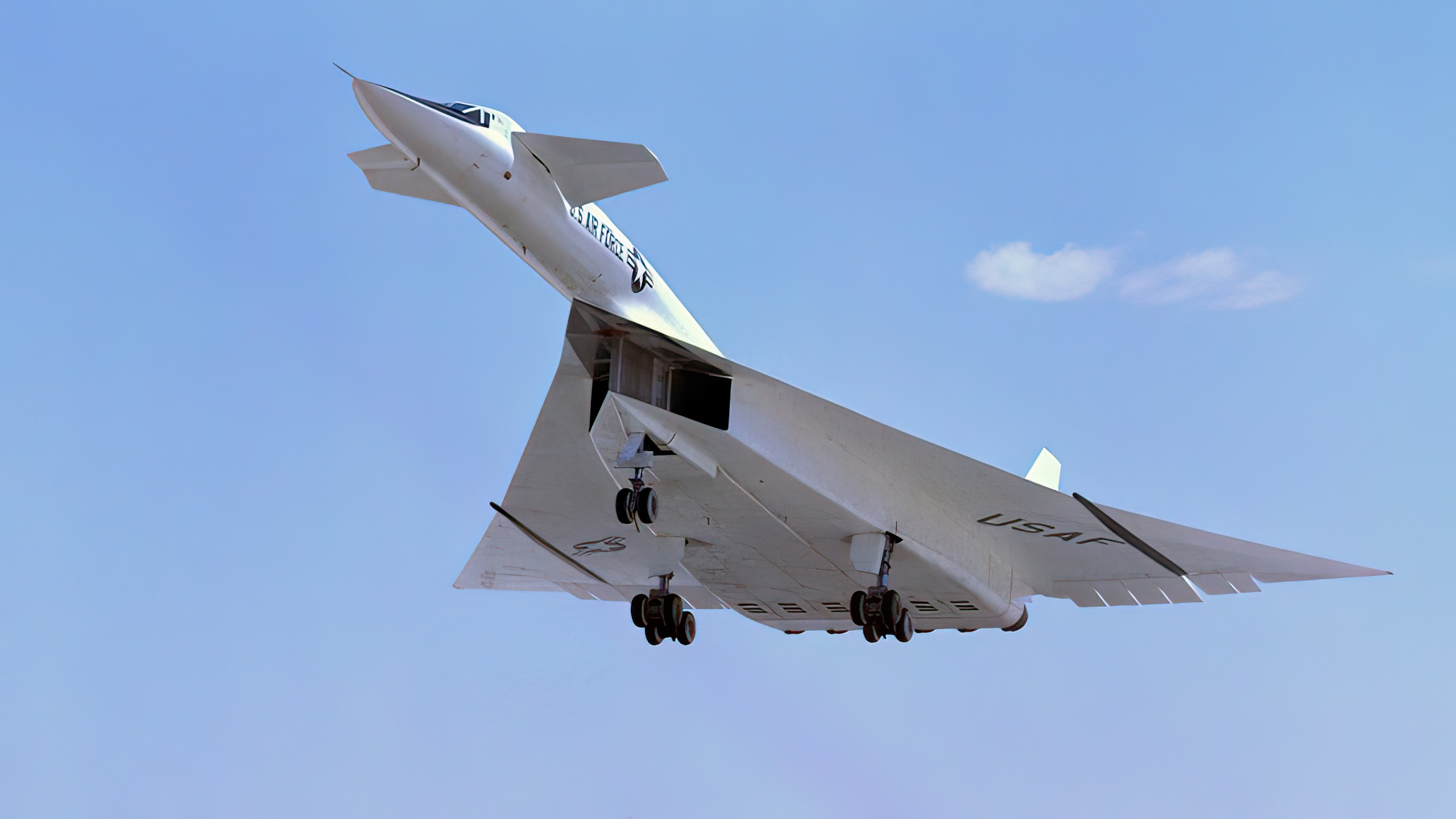
The XB-70 experienced several revisions during development as engineers tried to enhance its performance and fix technical problems. Despite these difficulties, the XB-70 remained one of the most technologically advanced aircraft of its day, and even today, engineers and pilots are still motivated by its design and technology.
The XB-70 was designed to be a strategic bomber, but it was never operationally utilized because of its complexity and expensive running costs. Instead, the prototype was utilized as a research platform, and the information and lessons learned from it were used to enhance aviation technology.
Flaws and retirement
The highly advanced and intricate XB-70 Valkyrie was a challenging aircraft to maintain and repair. Its construction and upkeep were expensive and necessitated skilled people. Due to the requirements of supersonic flight, its utility as a strategic bomber was constrained by its short range. It was nevertheless vulnerable to ground-based defenses like surface-to-air missiles while being designed for high-altitude flight.
Despite being taken out of service in 1969, the XB-70’s legacy endured as a symbol of the cutting-edge engineering and creative design of the mid-20th century.

Accidents
June 8th, 1966 During a test flight, the initial XB-70 prototype was engaged in a mid-air collision. Test pilot Al White was operating the aircraft when it crashed with an F-104 Starfighter that was pursuing the XB-70. White and the pilot of the F-104 perished when the XB-70 disintegrated in mid air due to the collision.
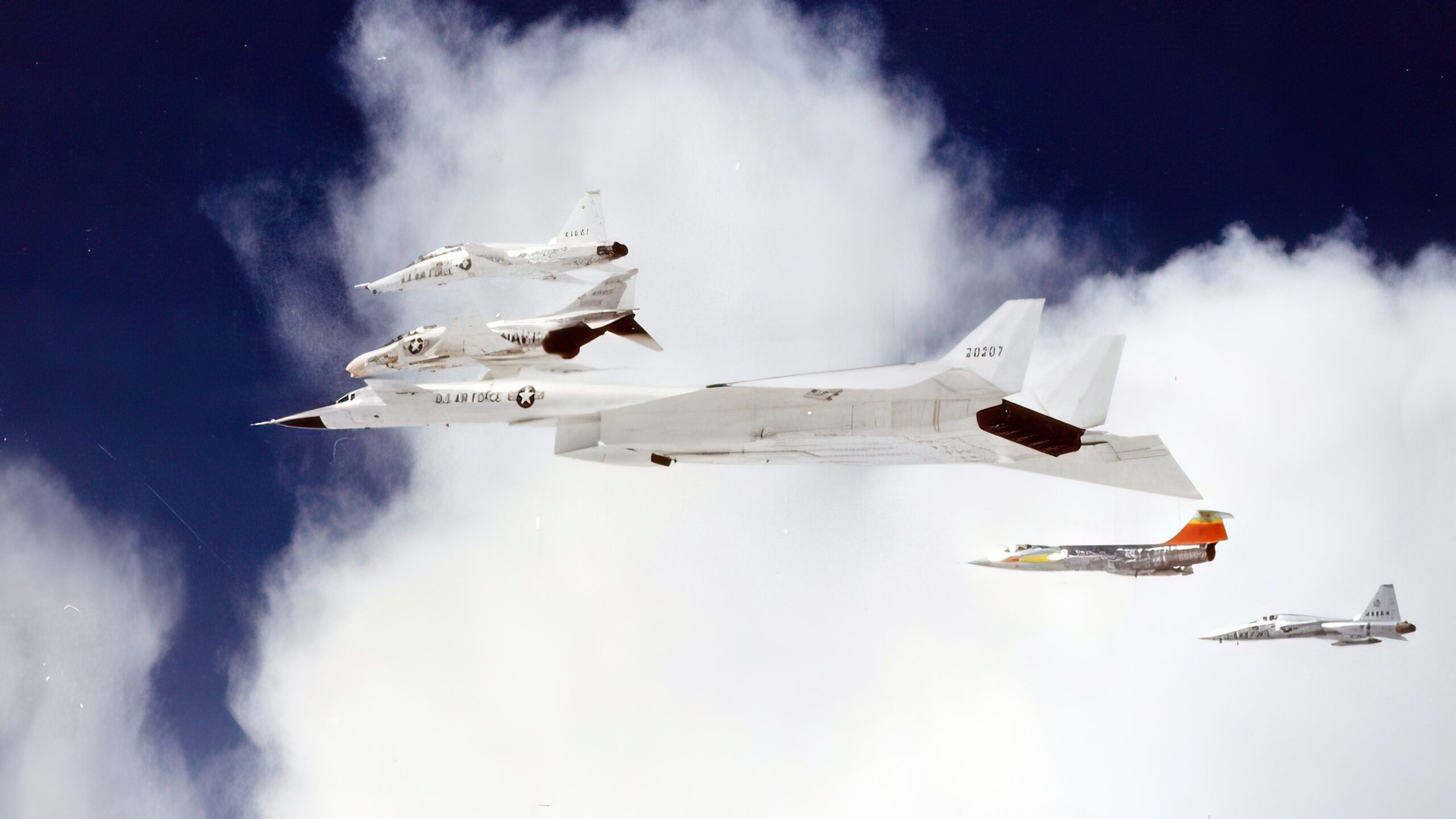
Another accident occurred on June 4, 1971. During a test flight, the second XB-70 prototype suffered in an accident. Test pilot Joe Cotton was controlling the aircraft when the left wing started to have structural issues. When Cotton had to do an emergency landing, the left wing snapped off, and the plane crashed. Cotton escaped the collision unscathed, but the aircraft was wrecked.
